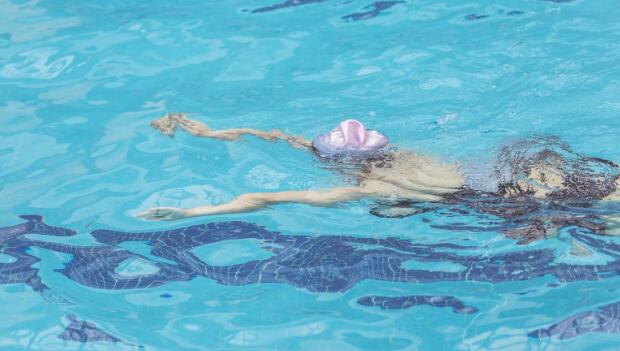
Swimming tools, or "toys" as they are known in the tri community, can be a valuable asset in a swimmer's arsenal. By design, these toys help increase efficiency, create a more consistent feel for the water, help build better swim mechanics, and improve overall strength and technique.
One of the most popular toys, however, is also one of the most misunderstood: Hand paddles.
If used correctly, and over the right distance, hand paddles can create substantial improvement in power and feel. But (and there is always a but) if used incorrectly, or for pounding out too many yards, you may be headed for shoulder soreness or potential shoulder injuries.
When the question of swimming with hand paddles comes up, there are a number of things I take into consideration.
1. The mechanical proficiency of the swimmer.
Putting paddles on a swimmer who has technical issues (i.e. dropped elbows, bi-lateral imbalance in their hand entry, crossing the center line, a lack of feel for the catch and inability to anchor that catch) may not be in their best interest until some of the technical deficiencies are corrected.
If swim toys must be used, I will have the swimmer work with the Finis PT Paddles. These are a great tool for creating a better feel for the water because they take the hands out of the swimming equation. The swimmer will learn to incorporate the entire arm through the stroke motion along with better positioning of the hands, high elbows, best point of entry to maximize the catch and how to hold the water through the entire cycle.
If you don't own a set or are looking for an easy, inexpensive alternative, you can always incorporate the closed-fist drill to help build the necessary mechanics. I am a bit old school so I carry a bag of tennis balls with me to help my swimmers create the same mechanical correction to an inefficient stroke. Swim with them in your hands for a while and tell me you don't start to catch water better.
2. The right paddle for the job.
Manufacturers carry a plethora of paddles designed to help this and to improve that but choosing the right one can be very confusing.
Here are some tips:
- Paddle size should be approximately 10 percent bigger than your hand. If you use a paddle that's too big, you are potentially inviting shoulder troubles. I recommend the Speedo Contour Swim Paddle. I like the size and fit of the paddle along with how well it helps to encourage proper stroke mechanics. It also helps to keep the hands in the neutral position.
- A specifically-designed paddle is my second recommendation. The Finis Freestyler is an excellent addition to your swim bag. It encourages high elbows, proper hand entry, along with extension and proper catch. If you are not using it as designed, the paddle will slide in your hand giving you a great barometer for proficiency.
- Paddles or any swim toy should not be used for more than 25 percent of your total workout. I will always be the first to recommend anything that can help my swimmers become more proficient, but never at the expense of becoming dependent on swim toys.
- For more proficient swimmers, I recommend the TYR Catalyst paddles. They are great for encouraging strength and power through the entire stroke. Just remember, the stroke starts at the pelvic girdle, it's not about how hard you can pull.
Before incorporating any type of hand paddles into your swimming workouts, ask yourself the following questions: What am I going to get out of this workout? What is the purpose of doing a set with paddles? Am I working technique, power, strength or speed?
 Master your technique at a Masters swim program.
Master your technique at a Masters swim program.Frank Sole is a premier swim coach and tactician with extensive experience coaching high school swim teams, club teams, masters swim programs, and working with all levels of triathletes from beginner right up to Kona qualifiers. Sole enjoys writing about triathlon training, technique development, relationships and the lighter side of triathlon. For more on Frank Sole, go to www.soleswimsolutions.com.
Get ACTIVE on the Go


Meet Mobile
Swim smarter: heats, lane assignments and real-time results in the palm of your hand.
Available for iOS | Android
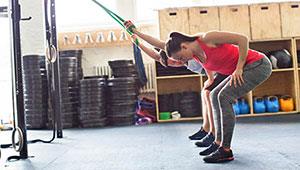

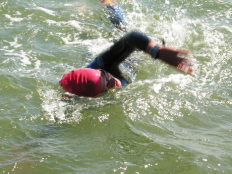
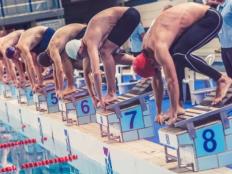
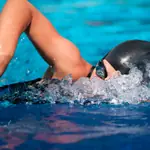

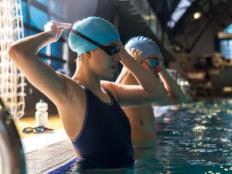
Discuss This Article